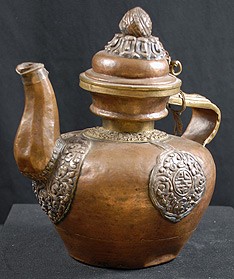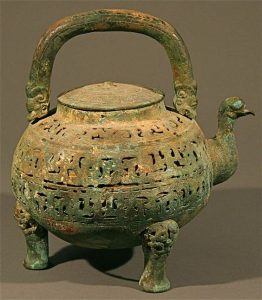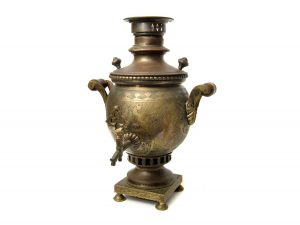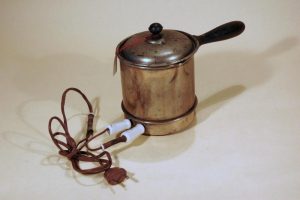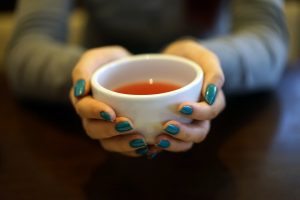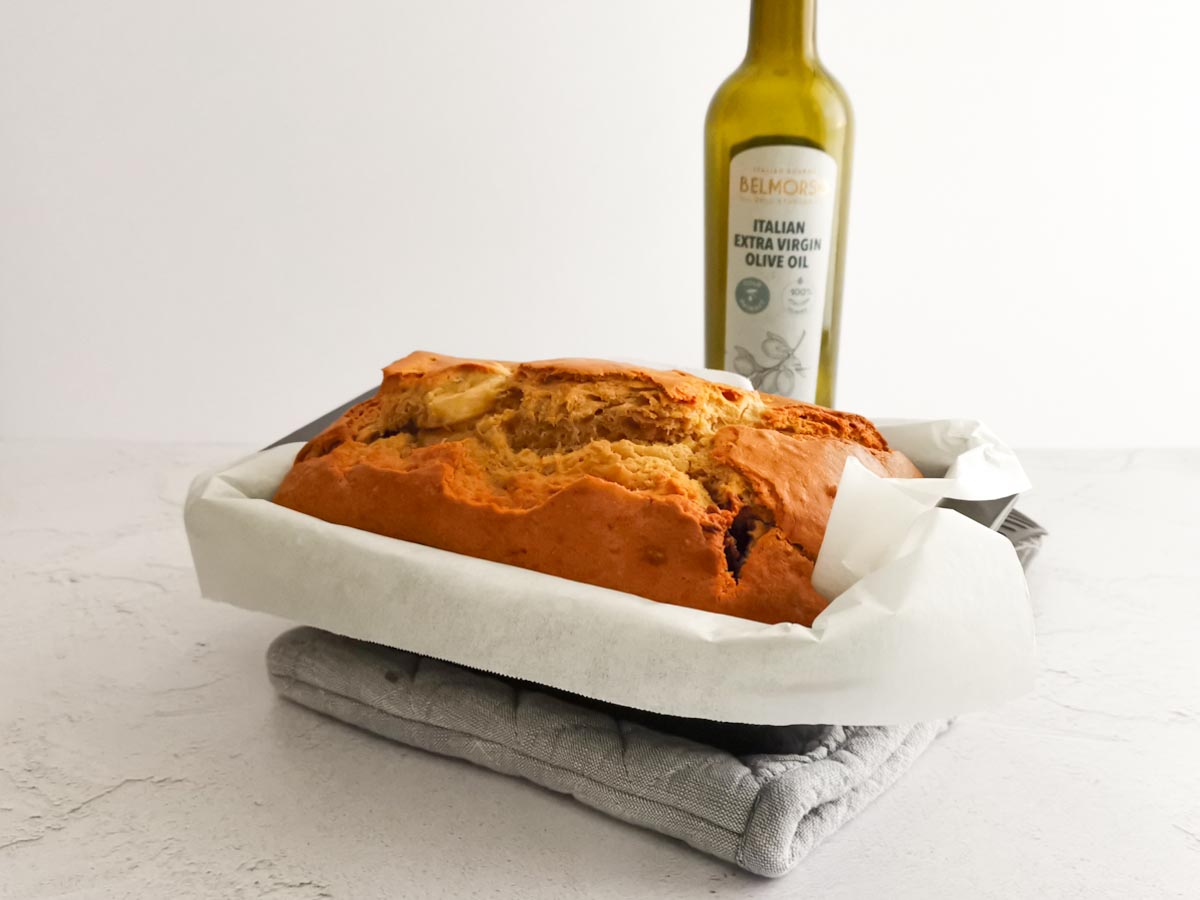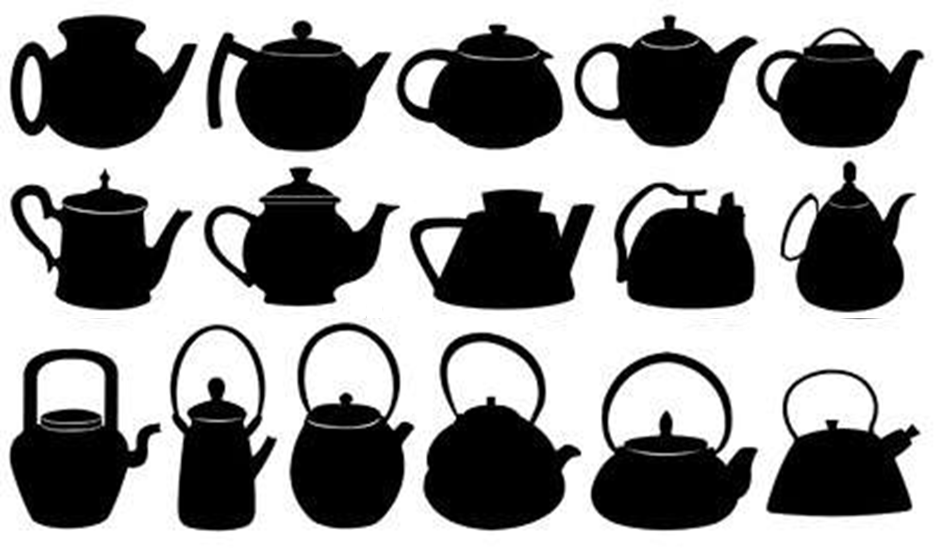
The Dinette Teller – 11. Teapot and Electric Kettle
The first trace of the kettle was found in Mesopotamia; a vessel made from bronze, which looked identical to our modern day teapots. These were made from 3500 to 2000 BC.
The concept to boil water began in ancient China through soldiers and travelers understanding that it removed the impurities in it. To give the boiled water an added flavor they started using green tea leaves which lead to the formation of green tea.
At the same time in Europe warriors and nomads also boiled water in early kettles and made it portable.
In the North European countries they placed barley and wheat grain in their water to get an added flavor; and when fermented it lead to what we today know as malt beer.
In North America, cowboys used tea kettles for making their coffee.
In the Western hemisphere, tea kettles were made mostly from copper- a material which took in heat efficiently, whereas in China porcelain was used more frequently. The Chinese tea cups and tea pots were so artfully created and in such a mesmerizing way that they were traded in huge quantities.
Russia too introduced beautiful innovations to this traditional vessel after they learnt its use from the Persians during border trade. The samovar is an inseparable part of the Russian kitchen; an elaborate tea kettle made of metal. It has a chimney for the fire to release and heat a vessel atop. A strong tea concentrate kept on top of this samovar remains hot and the boiling water in the adjoining vessels is used to dilute it.
The origin of the electric kettle dates back to 1891. It was created in the UK by the company Crompton and Co. The first models were produced using a normal teapot put on an electric base.
But for safety reasons the electric base couldn’t be in direct contact with the water and for this reason this object was not really useful since the water took a long time to heat.
In 1922 Arthur Leslie Large further developed the electric kettle with and internal heating element; thus allowing for the water to be in direct contact with the base and heat more efficiently.
In 1936 William Hermann Brenner Thornton added a temperature sensor which connected to a light that switched on when the water was near boiling point.
For a tea lover nothing brings more pleasure than the whistling sound of a tea kettle. Today we couldn’t make it without it… in winter it provides a pleasant signal that a hot cup of your favourite tea is close to hand.

